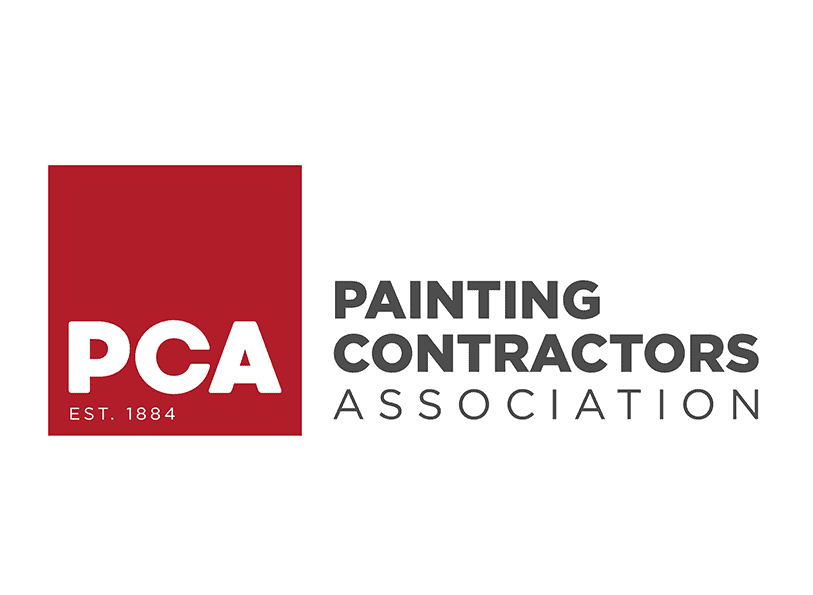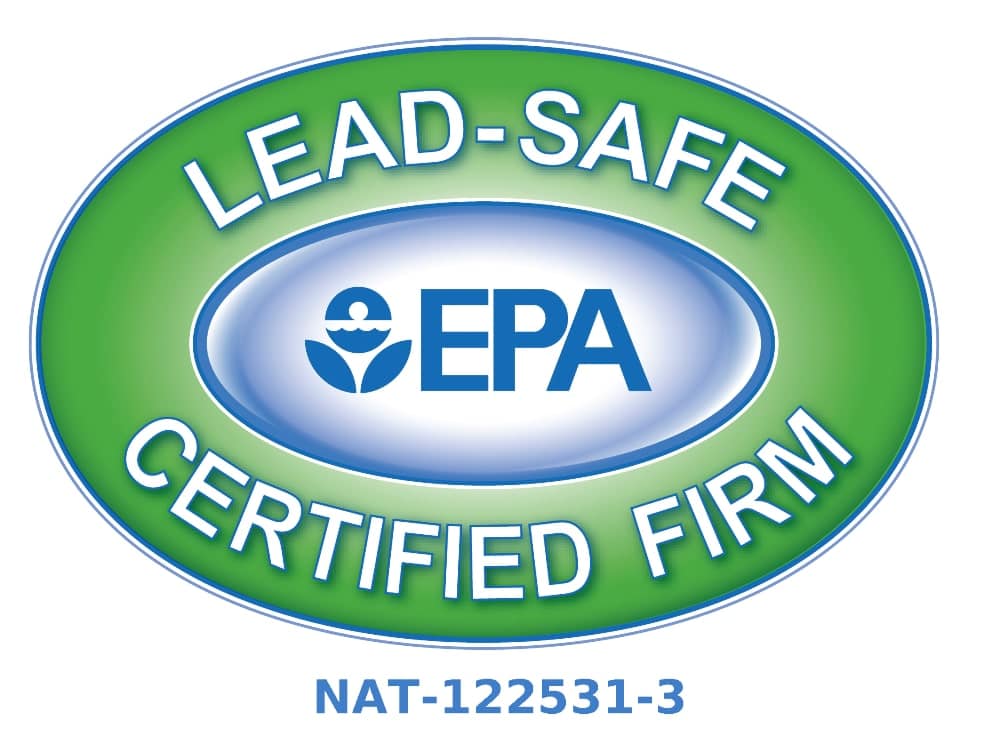12 Aug How Many Paint Coats Do You Need For Your Exteriors?
-
-
-
- Paint coats and protects certain exterior materials, such as siding, shingles, wood, etc.
- That exterior material protects everything underneath it, all the way through to the interiors rooms.
- However, that outer material can become compromised by elements like sun, snow, rain, hail, humidity, and even birds and insects, causing extensive and expensive damage, such as wood rot.
- Typically, a single coat of paint isn’t sufficient to protect the underlying material. The paint wears thin, flakes, or cracks more quickly than two coats.
- The underneath material will eventually begin to rot, crack, buckle, or rust if only one coat was used.
- A second coat of high-quality paint best seals the exterior.
-
-
FAQ
1. How many coats of paint are typically recommended for home exteriors?
Most exterior painting projects require at least two coats of paint. The first coat serves as a base, while the second ensures even coverage and a consistent finish. This standard applies to both new and previously painted surfaces, though specific needs may vary depending on the project.
2. What factors influence the number of paint coats needed for exterior surfaces?
Several factors affect how many coats you’ll need, including:
-
Surface condition: Rough, weathered, or textured surfaces may require extra coats.
-
Paint quality: High-quality paints often provide better coverage with fewer coats.
-
Color change: Drastic color changes, especially from dark to light, may need additional coats.
-
Surface material: Porous materials like wood or stucco typically absorb more paint, requiring two to three coats, while smoother surfaces like vinyl or metal may need only one to two.
-
Climate: High humidity, intense sun, or frequent rain can necessitate extra coats for added protection.
3. Is primer necessary before painting exterior walls, and does it affect the number of coats?
Applying a primer is highly recommended, especially on bare surfaces, when changing colors significantly, or if the surface is damaged. Primer helps the paint adhere better and can reduce the total number of paint coats needed for full coverage and durability.
4. Can I get away with just one coat of exterior paint?
While it’s possible to use only one coat in certain situations—such as repainting with the same color on a well-maintained surface—two coats are generally advised for better color retention, sheen, and long-term protection. One coat may not provide adequate coverage or durability, especially on weathered or porous surfaces.
5. When might more than two coats be necessary for exterior painting?
You may need three or more coats if:
-
Covering a dark or bold color with a much lighter shade
-
Painting over heavily weathered, faded, or damaged surfaces
-
Working with highly textured or absorbent materials like log homes or rough stucco
-
Seeking maximum protection in harsh climates or for surfaces exposed to extreme weather
Consulting a professional painter can help determine the exact number of coats needed for your specific situation.

Mike Katounas is the owner of Home Works Painting, a painting business in Northern Virginia. He has over 15 years of experience in residential interior and exterior painting, drywall installation/repair, carpentry, wallpaper removal, power washing, commercial painting, color consultation, and staining/sealing. Their service areas include Chantilly, Fairfax, Herndon, Oakton, Reston. Mike takes pride in his work, and he always follows a strict code of conduct that includes the use of quality paint, a clean workspace, and an honest, respectful approach to his customers.












Sorry, the comment form is closed at this time.